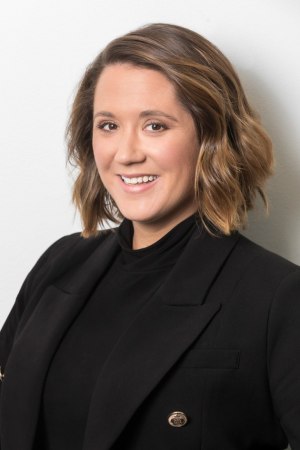
Venessa Hunt is the general manager of ThinkPremiumDigital.
We’ve long talked about brand safety and ad fraud as legitimate issues for Australian brands investing in digital media. But there’s a greater concern that needs to be addressed; one that we don’t seem to talk about and it’s time we did.
Australian brands’ love affair with digital advertising shows little sign of abating with the IAB and PwC Online Advertising Expenditure Report revealing digital advertising spend reached $9.5 billion in 2020. Of that, $2.9 billion was spent in Q4, a 20.3 per cent increase compared to the same quarter in 2019.
It’s now well established that digital advertising is not without its challenges with genuine concerns around ad fraud and brand safety plaguing the channel.
While it’s important for advertisers to get what they are paying for and not risk damaging their brand, these concerns pale in comparison to a wider problem in the digital ecosystem: fact is, there are parts of the internet that are increasingly dangerous for everyone.
Not all digital is bad. But there are corners of the online world causing serious harm.
Speaking at Budget Estimates earlier this month, eSafety Commissioner Julie Inman-Grant shared a number of shocking statistics.
In 2020, reports of illegal and harmful online content reached a new peak with more than 21,000 reports made. And, alarmingly, the trend is continuing in 2021. In the first four months of the year, reports were 53% ahead of the same time last year. Two thirds of these reports involve child sexual abuse material.
As horrible as this is, it’s just the tip of the iceberg.
Reports of youth-based cyber bullying have also risen by 34% in the first quarter of 2021. Adult cyber abuse complaints have now outpaced cyber bullying. In the first quarter of the year, these reports doubled. And 70% of all reports made to the eSafety commissioner are initiated by women and girls.
There are several reasons why you should care about this. The first and most obvious is that you could one day fall victim. If not you, someone you know and love.
What’s more challenging for us to grapple with is that the work our industry does could be blatantly or inadvertently funding the terrifying digital onslaught brought on by certain bad actors in the space. Afterall, it is widely accepted that if content isn’t sitting behind a paywall, it is being funded by advertising.
A lot of online content is vital to a functional and happy society such as information, news, health and safety, entertainment and sports. Some of it, however, is just downright harmful and even worse, we know this.
Research shows certain platforms are increasing rates of self-harm, suicide and body image issues. Yet, we’re still spending our ad dollars there.
In her statement, Inman-Grant revealed that of particular concern is the large-scale attacks where fake social accounts have been created and used. In one disturbing instance, an online assault lasted several months and saw more than 60 different fake social accounts utilised. As soon as the fake profiles were removed, new ones sprung up and continued the abuse.
Of course, none of this would have been possible if it weren’t for the advertising industry helping to finance these areas of harm.
Now more than ever, as an industry, we need to have an honest chat about our responsibility to Australians – especially our future generations – to review our spend with places where these online violations are occurring, or, at a minimum, call for more to be done to stop it.
With purpose marketing in the spotlight, agencies and advertisers need to think about the sustainability of their advertising spend and the impact it is having now and into the future.
It’s time we asked ourselves what our advertising dollars are actually funding.
Know where your money is going. Support the platforms that genuinely care about the health and safety of their users and adhere to regulatory and social responsibilities.
Let’s #starttheconversation


